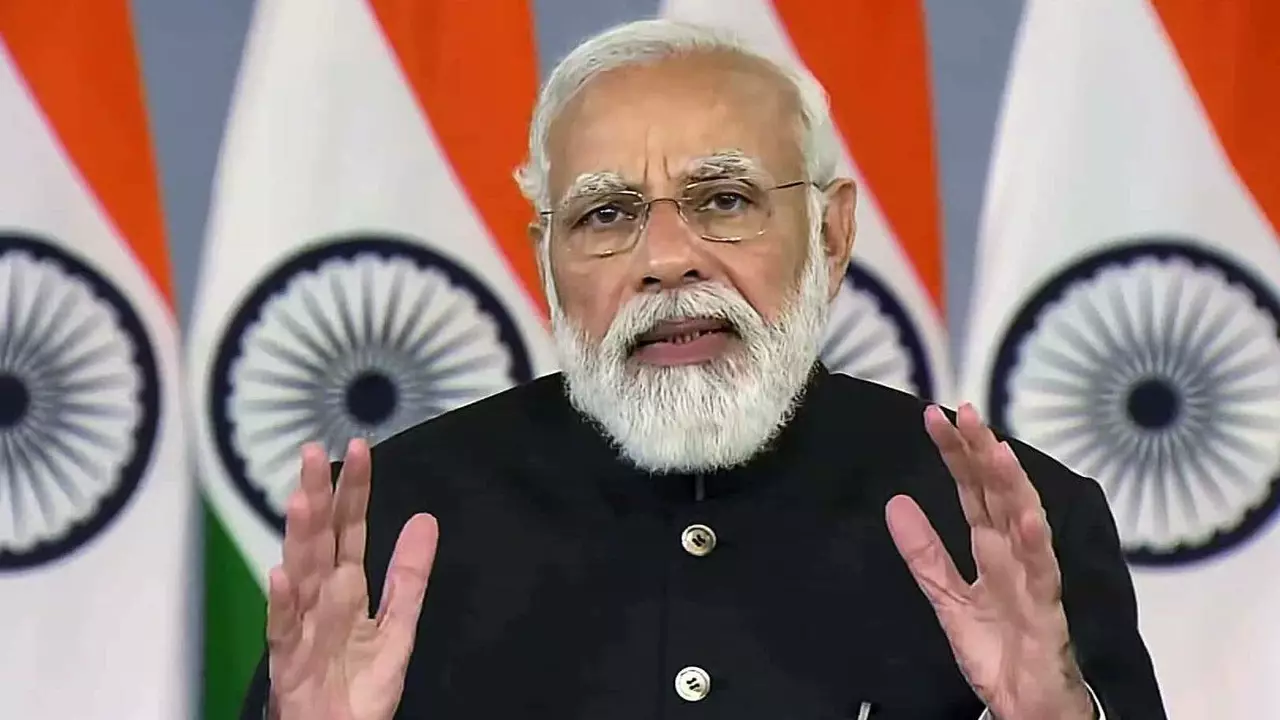Farm Laws in India – Simple Guide & Updates
India’s farm laws have been in the news a lot lately, and the buzz can be confusing. Whether you’re a farmer, a student, or just curious about what’s happening on the fields, this guide breaks down the basics, the main changes, and why they matter right now.
Key Points of the Farm Laws
The government introduced three major acts in 2020: the Farmers' Produce Trade and Commerce (Promotion and Facilitation) Act, the Farmers (Empowerment and Protection) Agreement on Price Assurance and Farm Services Act, and the Essential Commodities (Amendment) Act. Together they aim to let farmers sell outside state‑run mandis, create contract farming agreements, and relax limits on certain essential goods. The idea is to open up markets, bring in private investment, and give farmers more price options.
One big promise is that farmers can now choose any buyer—companies, exporters, or processors—without needing a state licence. This should, in theory, boost competition and push prices up. The contract‑farming law sets a legal framework for private companies to agree on a set price before crops are grown, which could reduce price risk for both sides. The amendment to the Essential Commodities Act lifts stock‑holding limits on items like cereals, aiming to cut hoarding and let traders move goods more freely.
How These Laws Affect Farmers and Consumers
For many farmers, the freedom to sell wherever they want sounds good, but the reality on the ground is mixed. Some have started talks with big retailers and seen better deals, while others worry about losing the safety net that state mandis provided. The contract model can protect against price drops, but it also raises concerns about power imbalances—big firms may dictate terms that favor them.
Consumers could benefit from more competition, which might lower prices and improve variety. However, critics say loosening control on essential commodities could lead to price spikes if companies stockpile goods. The debate isn’t just about economics; it’s also about trust. Many farmer groups felt the laws were pushed through without enough consultation, sparking large protests across the country.
If you’re a farmer looking to navigate the new rules, start by checking your state’s agriculture department website for official guidelines. Talk to local farmer unions—they often have templates for contract agreements and can help you compare offers. Keep records of every transaction, and consider getting legal advice before signing any long‑term contracts.
For consumers, staying informed means watching price trends at your local market and online platforms. If you notice sudden price hikes on staples, it could be a sign that market dynamics are shifting. Supporting local cooperatives or farmer‑direct sales can also help keep money in the community and give you a clearer picture of where food comes from.
In 2021 the Supreme Court put a temporary stay on the three acts after massive farmer protests. The stay gave the government a chance to address concerns, but the laws are still technically active. Keep an eye on news updates—any new government orders or court rulings will change the playing field quickly.
Bottom line: the farm laws were designed to modernise India’s agricultural markets, but their impact depends on how they’re implemented and whether farmers feel protected. If you’re directly affected, stay connected with local farmer groups, read official notices, and weigh the pros and cons of each selling option. For the rest of us, watching how prices and market access evolve will tell whether these reforms deliver on their promises.
I just heard the news that Indian Prime Minister Narendra Modi has announced the decision to repeal three controversial farm laws. These laws, which were introduced last year, led to nationwide protests by farmers who believed their livelihoods were at stake. The PM acknowledged the concerns of farmers and expressed the government's commitment to their welfare. This is a significant development in Indian politics, as it shows the power of collective action by the people. I hope this decision brings relief to the farming community and paves the way for more constructive dialogue between the government and citizens.
